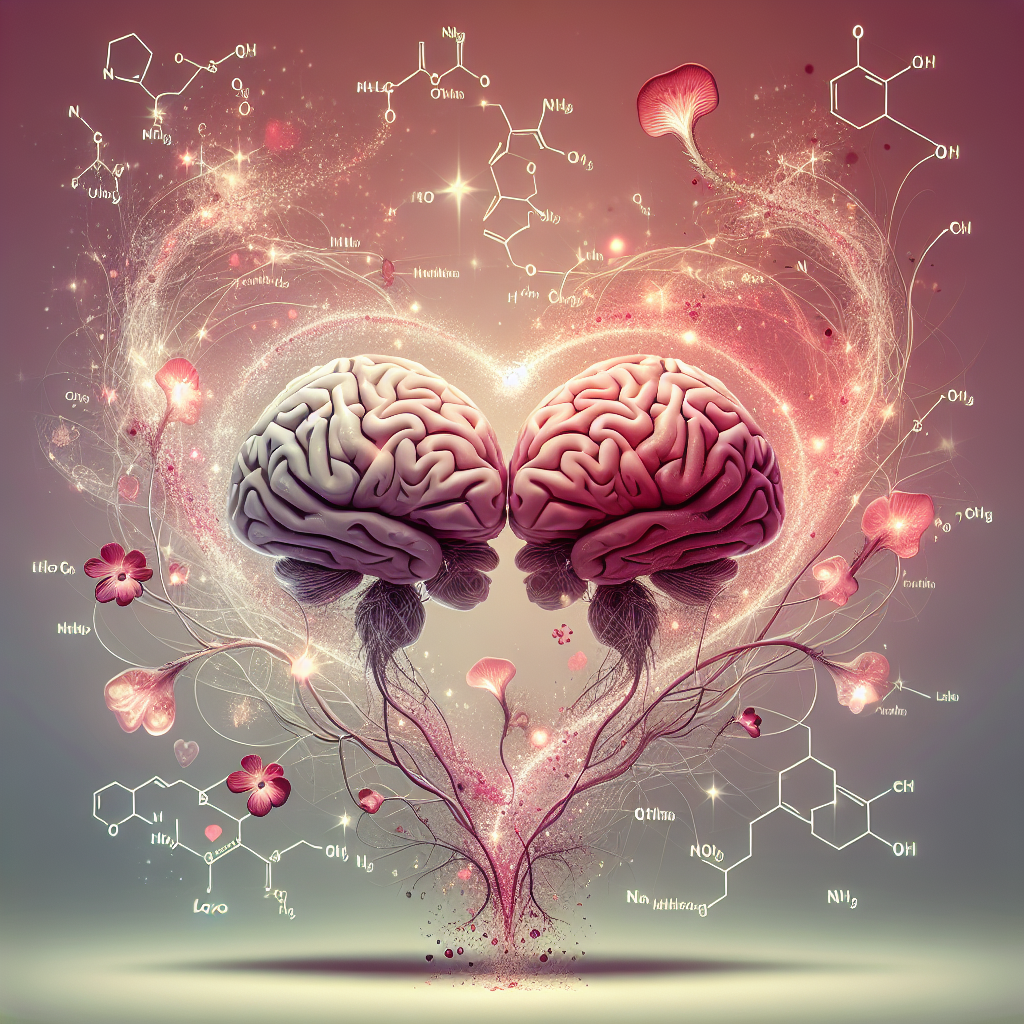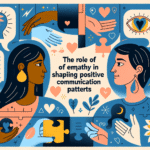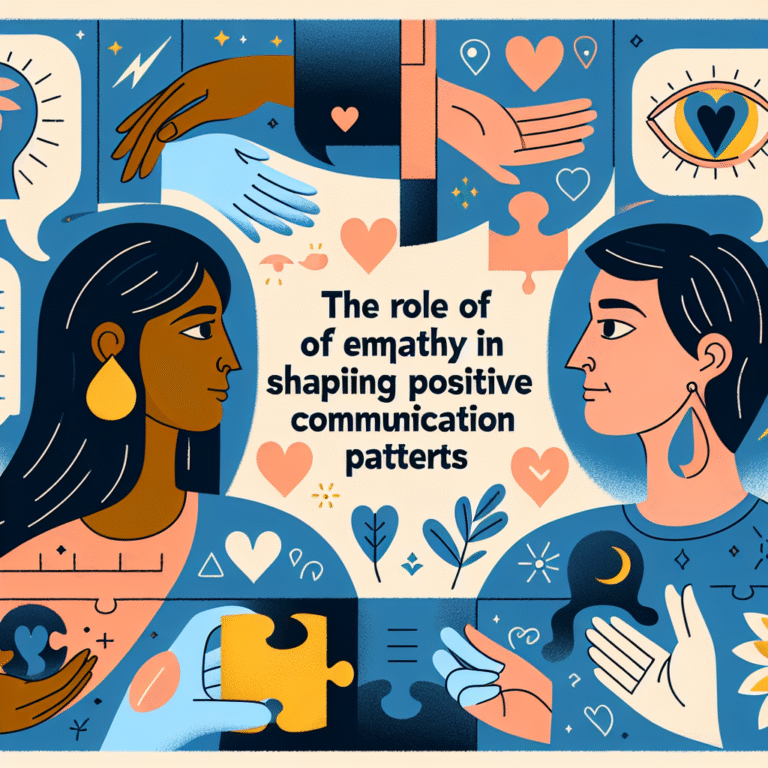
Introduction
Love is one of the most profound emotions we experience as humans. It has the power to transform our lives, motivate our actions, and bind us deeply to others. But what exactly happens in our brains when we fall in love? Understanding the neurobiological secrets of love provides invaluable insights not just into the nature of romantic relationships but also into the dynamics of friendship, familial bonds, and even societal connections. In this exploration, we’ll delve deep into the science behind love, revealing how our brains create enduring connections that can last a lifetime.
By uncovering these neurobiological secrets, we can equip ourselves with the knowledge to cultivate and nurture our relationships more effectively.
The Neurobiology of Love: A Primer
At its core, love is an intricate interplay of neurochemical reactions and brain regions. Understanding the basics is essential for grasping the more complex mechanisms at play.
Key Brain Areas Involved in Love
Limbic System: Often referred to as the emotional center, the limbic system plays a critical role in our emotional responses and is home to several structures, including:
- Amygdala: This almond-shaped structure processes emotions such as fear and pleasure.
- Hippocampus: Integral for forming new memories, this area connects our emotional experiences to memories.
Prefrontal Cortex: This part of the brain is responsible for decision-making and social behavior. When it comes to love, it helps weigh the costs and benefits, allowing us to make more rational choices about relationships.
- Ventral Tegmental Area (VTA): The VTA produces dopamine, often referred to as the “feel-good” neurotransmitter. It’s heavily involved in the reward system, creating feelings of pleasure and motivation, especially in the early stages of romantic love.
Neurotransmitters and Hormones in Love
Several key neurochemicals play a pivotal role in forming and maintaining lasting bonds:
Oxytocin: Often dubbed the "love hormone," oxytocin is crucial for bonding and attachment, particularly in familial and romantic relationships. It’s released during physical touch, such as hugging, which fosters emotional closeness.
Vasopressin: This hormone is linked to behaviors such as loyalty and bonding, particularly in long-term relationships.
- Dopamine: As previously mentioned, dopamine is key in early romantic love, amplifying feelings of attraction and pleasure.
The Stages of Love: A Neurobiological Perspective
Love evolves through several distinct stages, each characterized by unique neurobiological changes.
1. Lust
During the initial stage, physical attraction triggers a surge in sex hormones, primarily testosterone and estrogen. This stage is characterized by an overwhelming craving for sexual interaction, fueling the physical connection.
2. Attraction
After the initial spark of lust, attraction takes over. This stage sees a spike in dopamine levels—a neurotransmitter linked with motivation, reward, and pleasure. Brain imaging studies show that the VTA is particularly active during this phase, indicating a strong state of excitement and infatuation.
3. Attachment
As relationships develop and deepen, we enter the attachment phase. Here, oxytocin and vasopressin take center stage, contributing to feelings of safety, security, and bond formation. Couples in stable, loving relationships often report increased levels of these hormones, which underscores their importance in sustaining love.
Table 1: Hormonal Changes Across the Stages of Love
| Stage | Key Hormones/Neurotransmitters | Effects |
|---|---|---|
| Lust | Testosterone, Estrogen | Increased libido and physical attraction |
| Attraction | Dopamine | Heightened pleasure, focus on partner |
| Attachment | Oxytocin, Vasopressin | Bonding, feelings of safety |
Case Studies: Real-World Applications of the Neurobiological Secrets of Love
Case Study 1: The Science of Long-Lasting Marriages
A research study conducted at Emory University explored the neurobiological factors that contribute to long-lasting marriages. Couples who reported high levels of oxytocin and vasopressin in their systems were more likely to stay together over the long term. These findings support the notion that the neurobiological secrets of love not only initiate relationships but also sustain them through scientific mechanisms.
Analysis
This study underscores the importance of physical touch and emotional connection in maintaining a long-term bond. Couples who engage in regular physical affection typically experience enhanced oxytocin levels, reinforcing their emotional ties.
Case Study 2: The Role of Brain Chemistry in Breakups
A fascinating study published in the journal Neuroscience & Biobehavioral Reviews investigated the impact of romantic breakups on brain chemistry. Researchers found that individuals who had recently experienced a breakup exhibited lower dopamine levels and higher levels of stress hormones like cortisol. This imbalance in brain chemistry often results in feelings of depression and anxiety.
Analysis
Understanding these neurobiological transitions during breakups can help individuals navigate post-relationship emotions. Awareness offers a greater understanding of how love affects not only mental well-being but physical health as well.
Love, Brain Plasticity, and Change
One of the most uplifting aspects of understanding the neurobiological secrets of love is the concept of brain plasticity. Neuroplasticity refers to the brain’s ability to reorganize itself by forming new neural connections. This attribute implies that our capacity for love, attachment, and emotional bonds can evolve throughout our lives.
How Love Can Change the Brain
Strengthening Neural Pathways: Engaging in loving relationships can strengthen neural pathways associated with trust, empathy, and emotional regulation.
- Therapeutic Effects: Users of therapies that focus on emotional connections, such as Emotionally Focused Therapy (EFT), often report improvements in their relationships. Such outcomes are supported by neurobiological changes—demonstrating that love can indeed heal.
Building Lasting Bonds: Actionable Insights
Armed with insights into the neurobiological secrets of love, we can take actionable steps to improve our relationships.
1. Prioritize Physical Affection
Engaging in physical touch, such as hugging, kissing, and cuddling, stimulates oxytocin release. These small gestures strengthen emotional bonds and foster a sense of security.
2. Engage in Shared Activities
Participating in shared experiences creates new memories that can reinforce bonds. Whether hiking, cooking, or attending a concert together, these activities can amplify feelings of togetherness.
3. Communicate Openly
Effective communication strengthens attachment and helps partners navigate challenges. It’s essential to express needs, feelings, and concerns openly.
4. Practice Mindfulness Together
Mindfulness practices, such as meditation or yoga, can enhance empathy and connection between partners. This fosters emotional understanding and strengthens the attachment system.
5. Seek Professional Support
Therapeutic interventions can facilitate emotional connections and enhance relationship satisfaction. Engaging a qualified professional can help couples discover and address underlying issues.
Conclusion
Understanding the neurobiological secrets of love reveals a fascinating interplay of brain chemistry, emotional bonding, and human connection. Love is not just a fleeting feeling but a complex phenomenon rooted deeply in our biology. By becoming aware of how our brains create lasting bonds, we can enrich our relationships in meaningful ways.
As we stride forward, let love inspire our actions and guide our relationships. With the right knowledge and commitment, we can harness the profound neurobiological secrets of love to cultivate enduring emotional ties with those we hold dear.
FAQs
1. What role does oxytocin play in love?
Oxytocin is often called the "love hormone" because it enhances feelings of bonding, trust, and attachment between partners.
2. Can love actually change the structure of our brain?
Yes, love can lead to changes in brain structure and function through neuroplasticity, strengthening pathways associated with empathy and emotional regulation.
3. Why do breakups affect us physically?
Breakups can lead to hormonal imbalances, including lower dopamine and higher cortisol levels, resulting in emotional and physical distress.
4. What activities can enhance emotional bonding?
Shared activities such as cooking, traveling, or participating in hobbies together can enhance emotional bonding and strengthen relationships.
5. How can I sustain a long-term relationship?
Focusing on physical affection, open communication, shared experiences, and seeking professional help can support and sustain long-term relationships.
Understanding the neurobiological secrets of love empowers us to foster deeper, more fulfilling connections in our lives. Love, after all, is as much a science as it is an art.

















